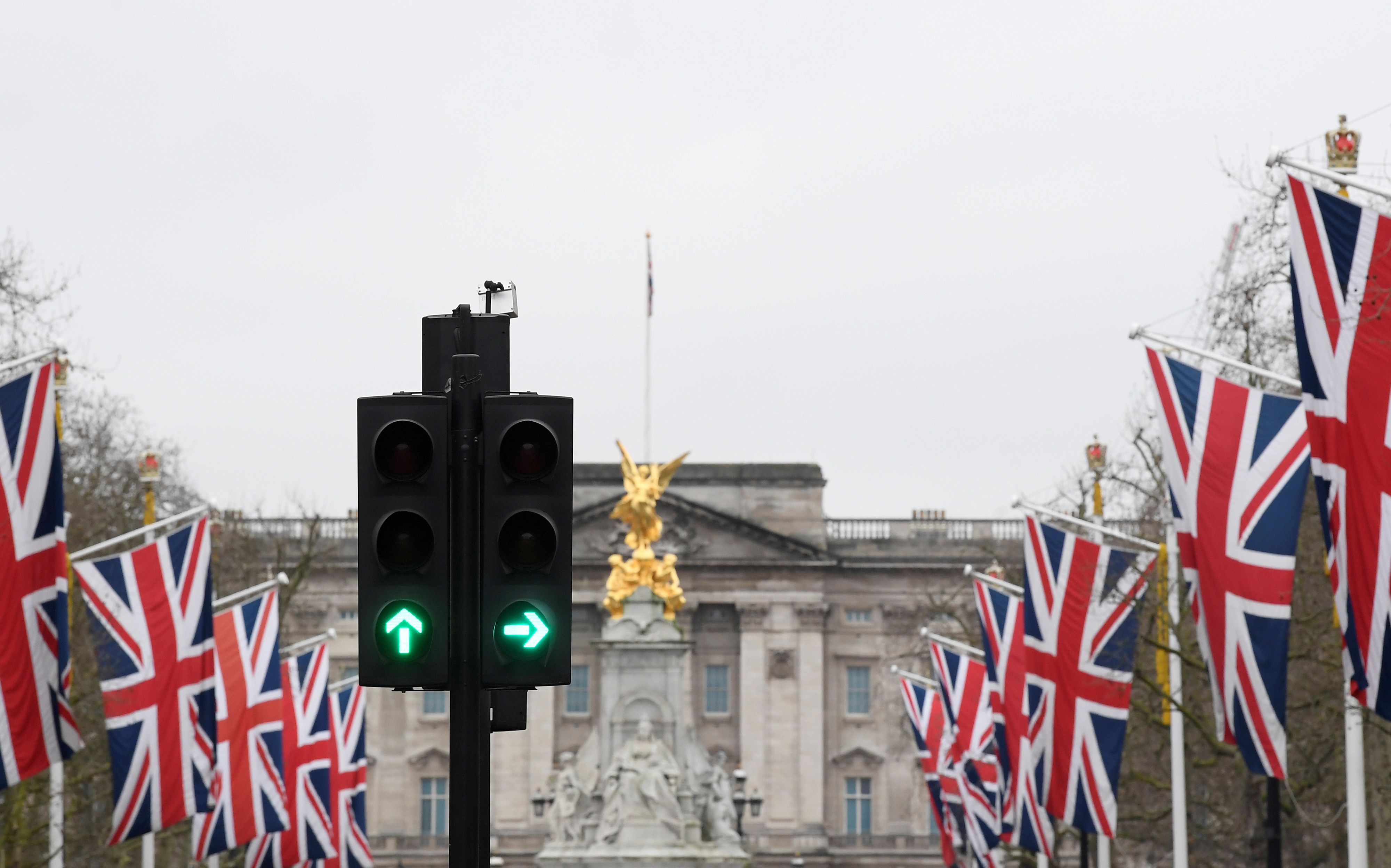Pivot from Europe to the Indo-Pacific in the New British Global Strategy

What is an Integrated Review?
The document builds upon periodic strategic defence reviews carried out since the 1990s. The current strategy, however, has unprecedented scope and integrates all policy fields constituting the UK’s broadly understood external relations, except for trade policy. The strategy’s pillars are science and technology, an open and rules-based international order, strengthening security and defence at home and abroad, and building resilience against natural and manmade hazards (e.g., climate change, pandemics, terrorism). Such an approach corresponds with the changes in the UK governance structure, such as the merger of the departments for foreign affairs and international development into the Foreign, Commonwealth and Development Office in March last year. The final shape of the strategy will be revealed upon the publication of command papers on defence and budgetary spending.
What are the suppositions of the UK’s new strategy?
From the international point of view, the strategy reflects the changes in the more competitive and multipolar global system and the UK’s need to build new alliances after Brexit. Due to the steady increase in the political and economic importance of the Indo-Pacific, the United Kingdom sees the need to strengthen the open international order by tightening cooperation with the democracies of the region (e.g., the UK government invited India, South Korea, and Australia to attend the G7 summit in Cornwall in June, undertaking to form the D10 group ). The new strategy is also to activate Britain’s technological and industrial potential. For example, the expansion of the navy, air- or space forces is to consolidate economically the UK and strengthen underfunded regions (contracts to be placed in Scotland, Wales, Northern Ireland, and Northern England/Midlands).
What are the aims of the new UK global strategy?
The document identifies Russia as the main source of military and security challenges, the U.S. as the most important partner, and NATO as a key alliance. It also indicates bilateral cooperation with a number of EU countries, but in relation to the Union as an international organisation, it emphasises the need for mutual benefits. China is identified not only as a systemic competitor but also as a partner in solving global problems and economic cooperation. The countries of the Indo-Pacific region, which are perceived as key to the UK’s economic development, are highlighted (which corresponds to the UK application of 1 February to join the CPTPP). The UK wants to flexibly use diplomacy, defence, scientific and technological cooperation (e.g. the participation of partners and allies in the UK space program), development aid, and leadership in solving global problems (e.g., COP26 in Glasgow, or licensing a COVID vaccine).
What does the new British strategy mean for the EU and NATO?
The EU-UK economic decoupling visible since 1 January seems to have spilled over into the field of foreign and security policy. Although continued British participation in the EU Horizon programme will facilitate technological and scientific cooperation, the UK emphasises its decision-making autonomy (e.g., in sanctions policy) and sovereignty over Gibraltar and its bases in Cyprus. The document confirms UK commitments under NATO, including its military presence in Estonia and Poland, and an increase in the level of defence spending to 2.2% of GDP. Nevertheless, the structure of spending, the expansion of the nuclear deterrent by about 45% and modification of the rules for its use, plans for the development of military bases and missions overseas, and the strengthening of offensive cyber, AI and drone capabilities seem to indicate a pivot in UK activities away from Europe.
What does the new British strategic vision mean for Poland?
The document states that “Poland is a vital partner on European security”. Cooperation in this field will most likely be NATO-based. Although a full assessment of the UK strategy will be possible only after the publication of spending plans, it is expected that there will be a reduction of UK land forces. While the UK’s presence on NATO’s Eastern Flank will continue, Britain’s strategy and spending imply the need for greater troop deployment and forces expansion by other allies. The UK’s investment plans in new technologies and capabilities may create an impulse to develop Polish-British cooperation on the basis of the 2018 Defence Treaty. Looking at the new UK strategy as a whole from the Polish perspective, there is potential for close cooperation in the bilateral and EU formats in respect of sanctions, climate, and development policies.


